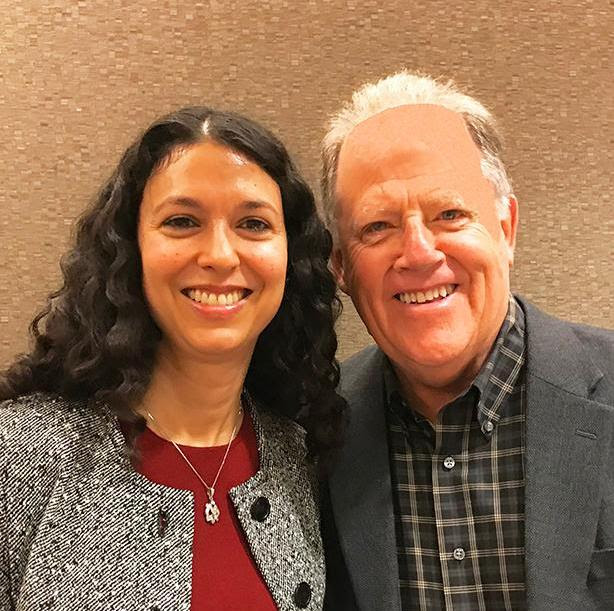Starting a Business - Killing It Quickly

Quick Feasibility Determination – Focus on Success
Google has a skunkworks or Moonshot Factory called “X.” The charter of X is to use 10% of Google’s R&D budget to solve:
- Huge problems
- Using radical solutions
- And breakthrough technology
With billions of corporate funding available, you might expect X to operate much like Bell Labs in an earlier time when researchers were given wide latitude to pursue science and technology with the expectation that science would advance, and commercial products would eventually emerge. Google has taken the opposite approach.
Astro Teller is Co-Director of Google’s X. He recognized that while funding may be available, the real constraint on big impact innovation is the capacity of X’s highly talented team of scientists and engineers. The core of the R&D approach developed by Teller and his colleagues is to:
1. Start projects quickly
2. Kill them even faster
Most new businesses fail, and most new business initiatives within a company do not result in a successful new product. Among the reasons for new business and new corporate initiatives failing to achieve commercial viability are:
- focus on the technology rather than the problem to be solved
- financial and career rewards for keeping R&D projects and faltering new businesses going
- reluctance to acknowledge that a project, a technology, a business model, or a product concept will not be successful
Prof. Robert Huckman (with Karim Lakhani and Kyle Myers) at Harvard Business School has written a case study of a Google X project called Foghorn. The project involved extracting carbon dioxide (CO₂) and hydrogen from seawater and combining them to create methane to be used for fuel.
As a measure of economic viability, the Foghorn team had the goal of producing methanol at the equivalent of $5/gal of gasoline. In the case, project leader Kathy Hannun is preparing to report that her team brought leading edge technology together in innovative ways, secured new patents, and built a prototype that works. But the delivered price of methanol would be $8 or more without significant new investment and major technical advancement.
I recently participated in Prof. Huckman’s first class exercise with this case. Alumni were brought to campus to play the role of Google X’s leadership when Kathy Hannun, played by a team of MBA students, presented her recommendation for either continuing to fund the project or killing it. Helen Riley, X’s Moonshot Mission Controller (aka CFO) came to the case launch, and I spoke with her afterwards.
The questions in the case are: what should Kathy Hannun recommend; and should the X leadership kill the project or give it more gas? Ms. Hannun and her team had spent three years advancing the technology. What happens to them and their careers if X kills the project?
I could let you think about what you would have done. But I can report that Ms. Hannun recommended killing the project in an open meeting with the Foghorn team present. She and her team were congratulated for their performance and their courage in making the kill recommendation. X went on to publicly disclose the project and the new technology so others could continue the Foghorn work if they saw an opportunity.
Killing the Foghorn project was a success to be celebrated within the Google X culture. Consider whether adopting a similar approach, and perhaps a cultural shift to killing businesses quickly which are not likely to succeed, will get you more focused on what can succeed.
Sagrada Família, Barcelona – the Crucifix
In an earlier note, I shared the amazing flood of colors into the interior of Gaudi’s Sagrada Família in Barcelona. The recently completed interior includes a crucifix hanging above the altar dramatically expressing suffering on the cross. Like Notre Dame in Paris and St. Peter’s in Rome, Sagrada Familia is a unique and historic artistic expression.
